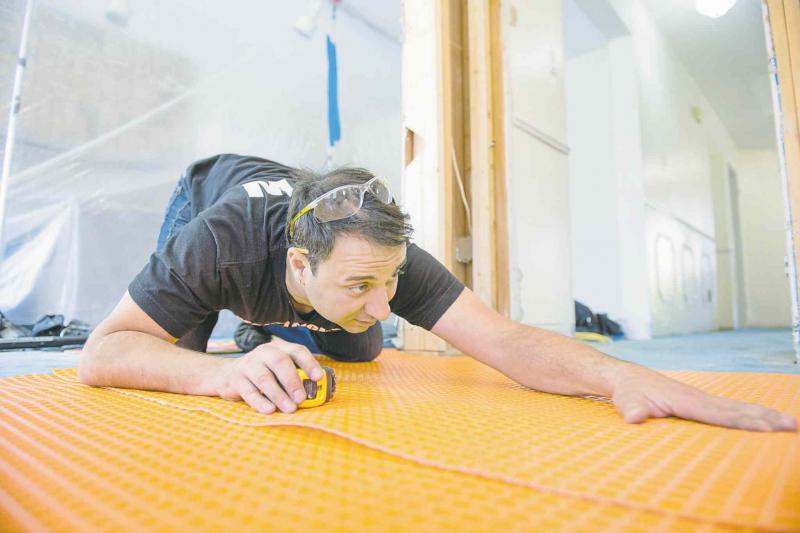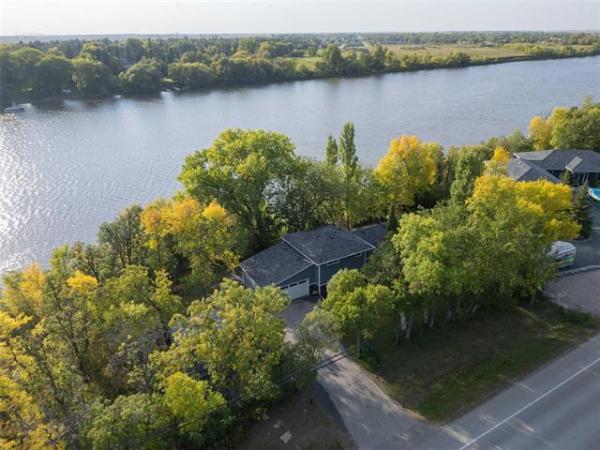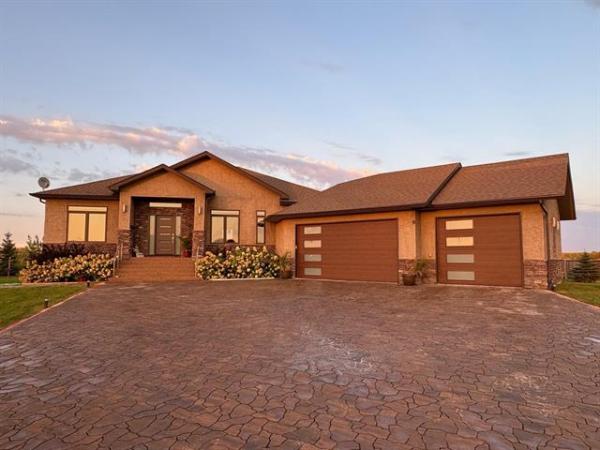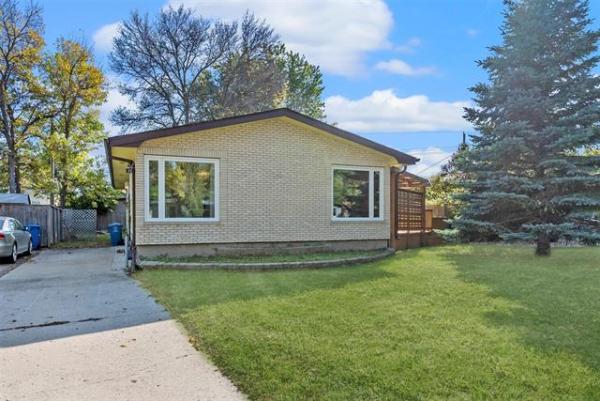Question: We are building a new home and it's visually important that the five-inch wide engineered hardwood flooring run parallel to the 19.2-inch on centre, spaced wood web-engineered truss floor joists. The builder is installing a 3/4-inch thick OSB subfloor, glued and screwed. Internet research says it's not advisable to orient the flooring parallel to the joists. Installation at 90 degrees to them adds strength and eliminates the potential for ripples, as the floor settles into the valleys between the joists over time. The manufacturer's warranty is still valid if we run parallel. Is this kind of thinking outdated with new plywood-backed engineered floors and thicker subfloors?
The Internet is saying if you must run the flooring parallel, you have several options. These include blocking the joists every 24 inches, snugging up the floor joists to 16 inches OC so the gap is only 12� inches and not 15æ inches, or replace 3/4-inch OSB with 3/4-inch plywood. The final option is to add a second layer of plywood to the OSB, which could cause height differences at the transitions from hardwood flooring to tile. We want to minimize the deflection between the floor joists when installing engineered hardwoods parallel to the joists. What solution is best to achieve this? Is a combination of solutions the way to go?
Thanks, Tony Tryhuk
Answer: While I receive many questions about types of solid-surface flooring, most are related to problems after installation. You are to be highly commended for doing the research ahead of time to prevent potential serious issues afterwards. Of the three solutions you have discovered, one stands out as superior but will require additional planning to incorporate into your plans.
Before directly addressing your questions, I'm afraid to inform you I am not a big fan of "engineered" flooring materials. I have seen it installed in several homes, where obvious defects were visible. Several of these appeared to be due to delamination of the finished surface, while others were related to shrinkage or installation defects. This product is made up of various layers of laminated wood, similar to plywood. The top finished layer, which is often a species of hardwood, is quite thin relative to solid hardwood flooring. While there should be minimal shrinkage in this material due to its construction and dryness, it can be very difficult to repair if damaged. While you note the point about the warranty not being invalidated by your installation, I would not put much reliance on it, should a problem arise.
Conversely, I have great respect for engineered-flooring systems that include the I-joists you are planning to use. These manufactured components are remarkably strong, straight, and consistent in dimensions. Because of these properties, longer spans between components and beams are possible. The only downside of these larger spaces is more deflection in the floor. In layman's terms, the floors may have a larger amount of bounce when walked upon. This can cause some noticeable rattling in china cabinets or flexing in the flooring. That is the likely reason you have found Internet comments on problems with installing flooring parallel to the joists rather than at right angles. This is actually more of a possibility with engineered systems as opposed to natural wood joists and beams.
Because wood has grains that run in the direction of their length, there is less potential flexibility across the grains than parallel. Plywood and engineered flooring is made stronger by alternating the directions of the grains, between layers. Still, the top layer has the grain running lengthwise, so installing it perpendicular to the floor joists will make it slightly stronger. But the real concern is the length of the seams along the sides of the individual planks of flooring. These have much more chance of coming apart than the end joints, due to staggering of the ends of individual planks. If these joints are secured and supported more than twice a metre by the floor joists, they will stay together if deflected by a large load on top. If the long seams are running midway between each joist, they will only have the thin subfloor, with several metres between direct supports, to prevent loosening when walked on. Your builder's plan of spacing the joists at a minimum 19.5 inches on centre, rather than the common 16, will increase the chance of this problem arising.
For that reason, installation of blocking between each joist at short intervals will make dipping in the subfloor less likely, but will only prevent overall deflection of the long joists slightly. Spacing the joists 16 inches apart will not only make joist deflection less likely, it will decrease the number of joints between the engineered floor boards. This will give greater support to the long flooring joints, as well as preventing sagging of the OSB sheathing between joists. While both of those are worthy endeavours, neither may be as effective as adding a second layer of subflooring. Running a second layer of floor sheathing, OSB or plywood, perpendicular to the first layer, will not only strengthen the entire floor system, it will significantly reduce the chance of seams opening or dipping between the joists due to "ripples."
The final consideration will always be an economic one, and adding another layer of subflooring material will be the most costly of all the alternatives noted. This is not only due to the material cost, but additional labour to glue and screw it down to ensure proper integrity. Also, your point about height differential between flooring materials is well taken, but may be easily solved by a little extra planning and use of different thickness of subfloor materials below the tiles. Ideally, doing all three of the suggested upgrades will be the best course of action, but incorporating one or two of the most cost-effective strategies may be enough to prevent future problems.
Ari Marantz is the owner of Trained Eye Home Inspection Ltd. and past president of the Canadian Association of Home & Property Inspectors -- Manitoba (cahpi.mb.ca). Questions can be emailed to the address below. Ari can be reached at 204-291-5358 or check out his website at trainedeye.ca.
trainedeye@iname.com.




